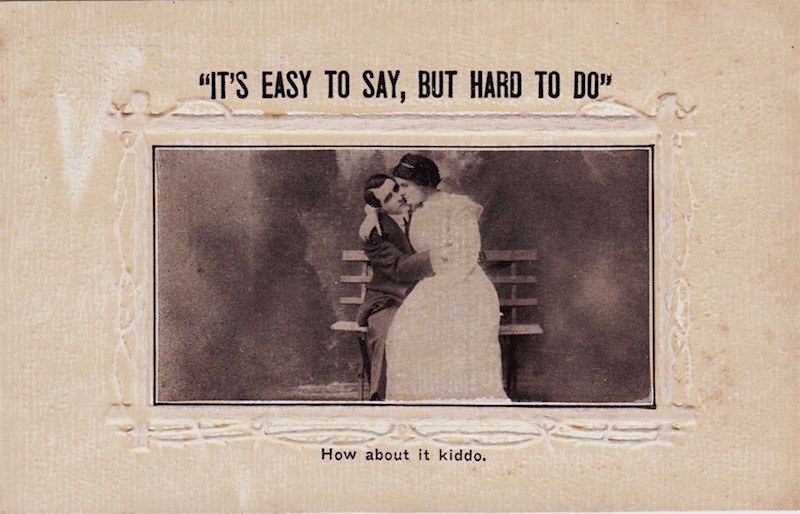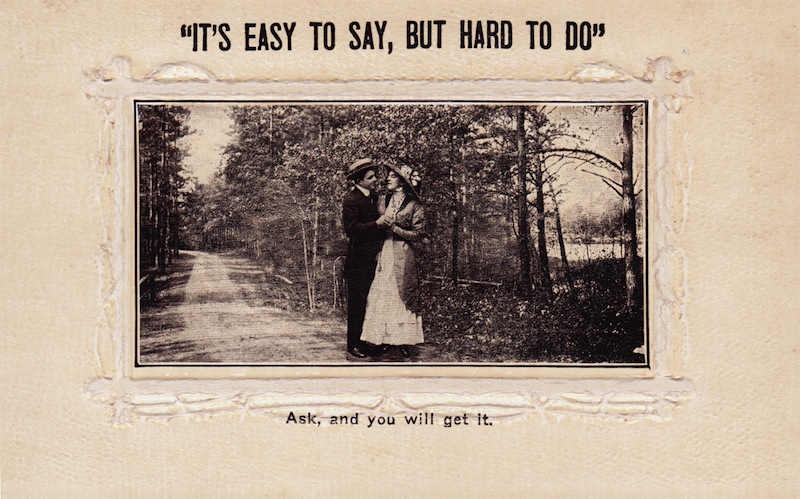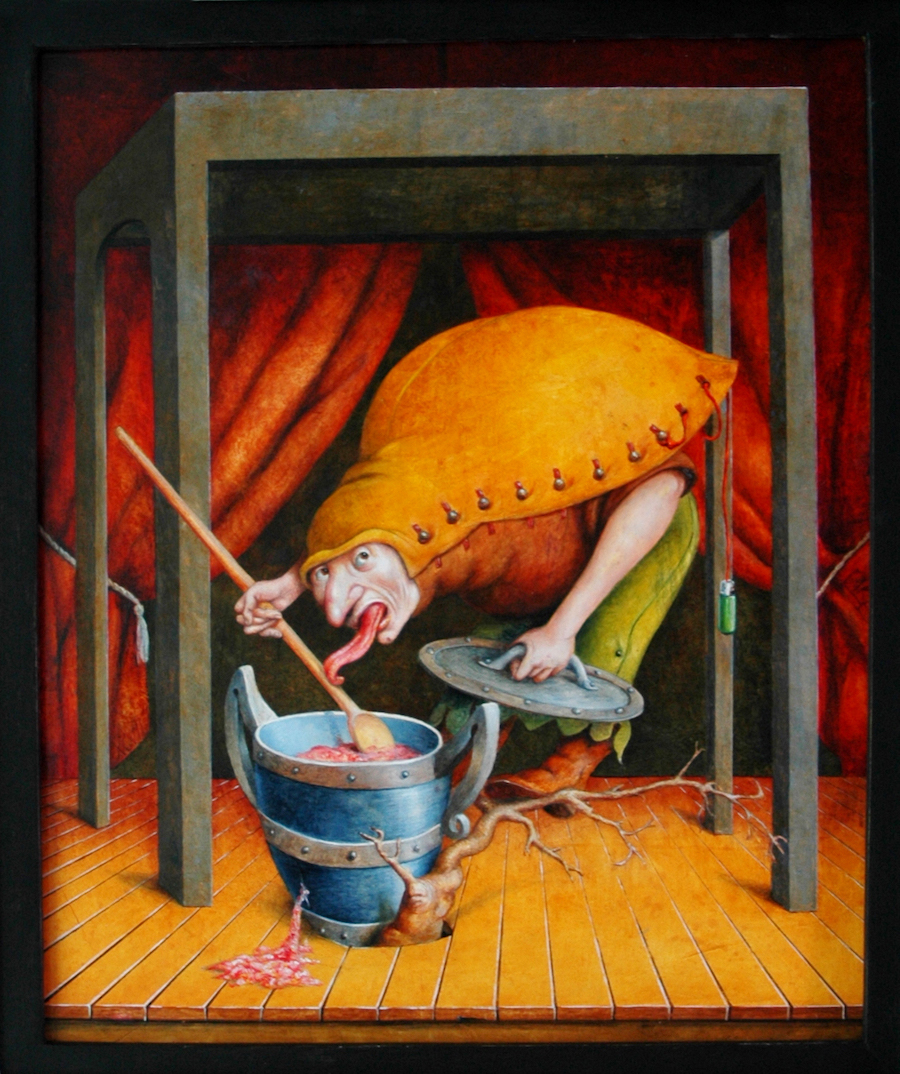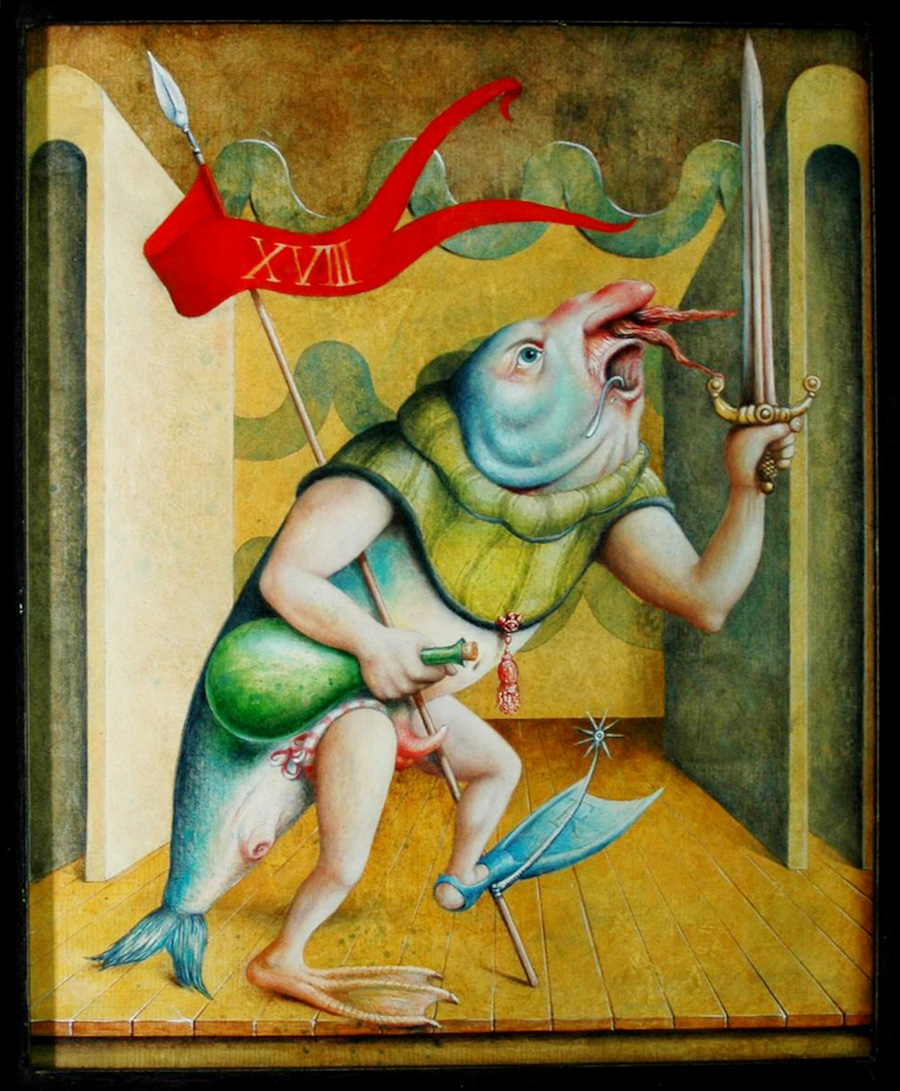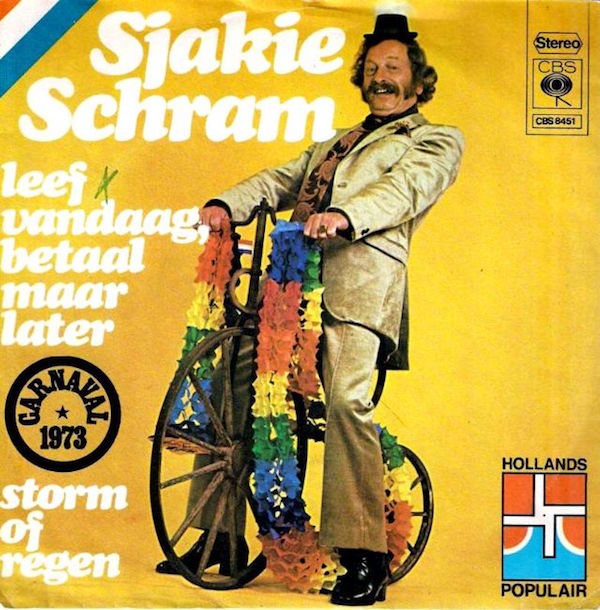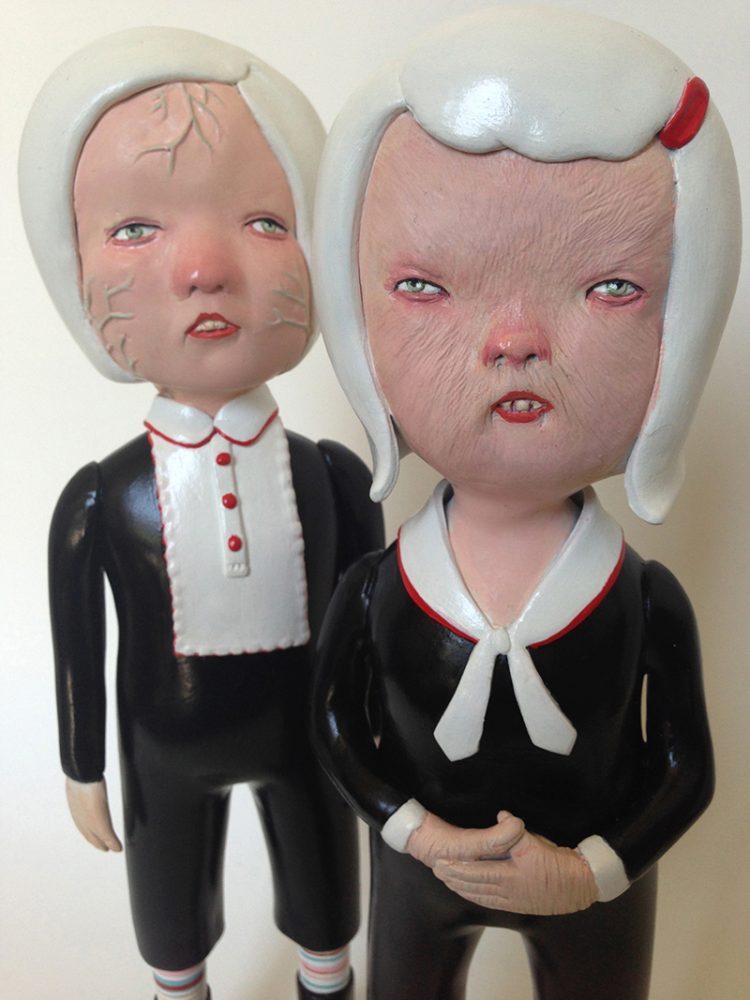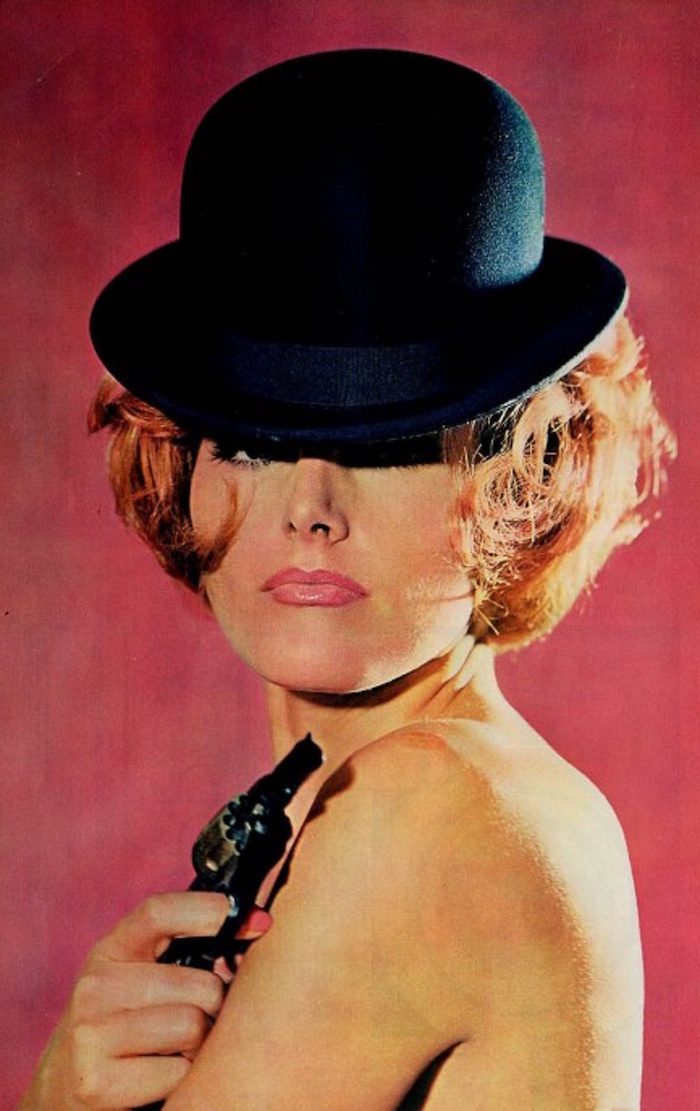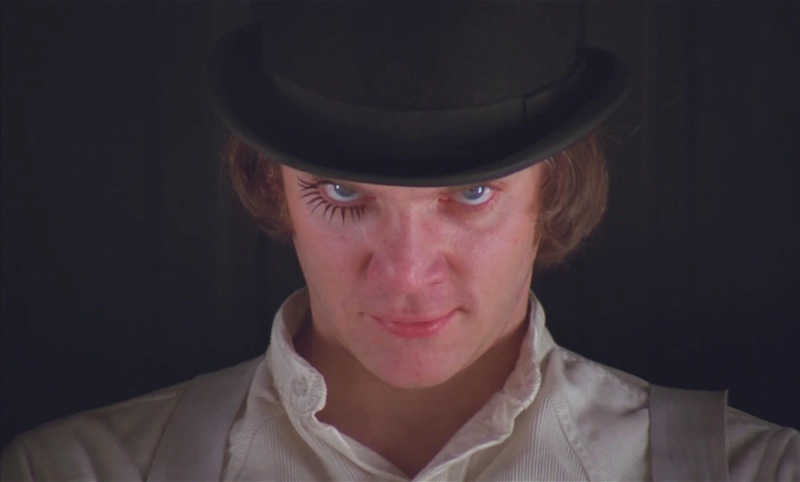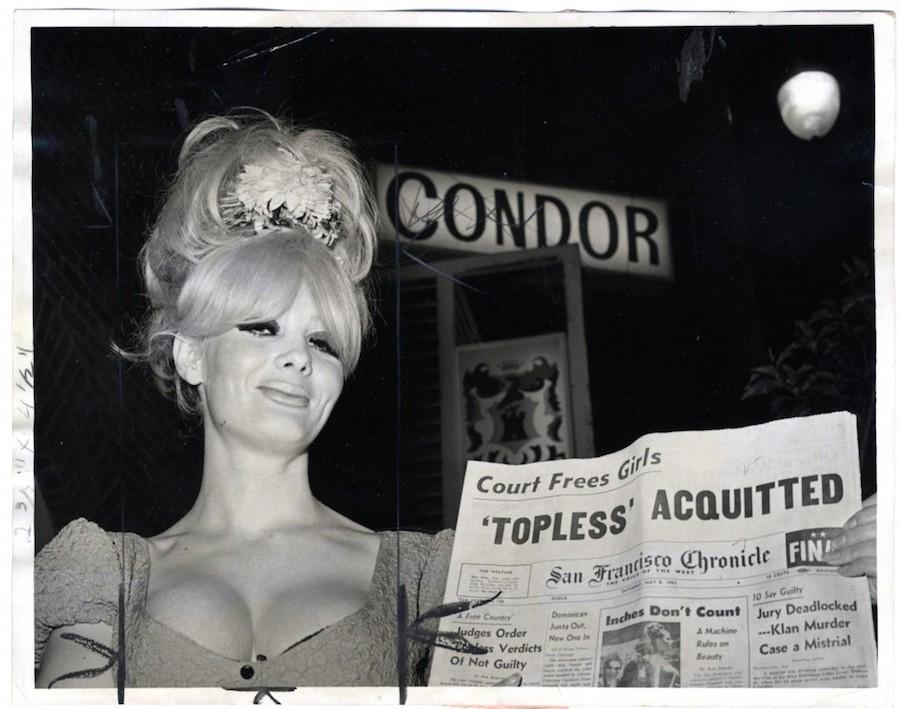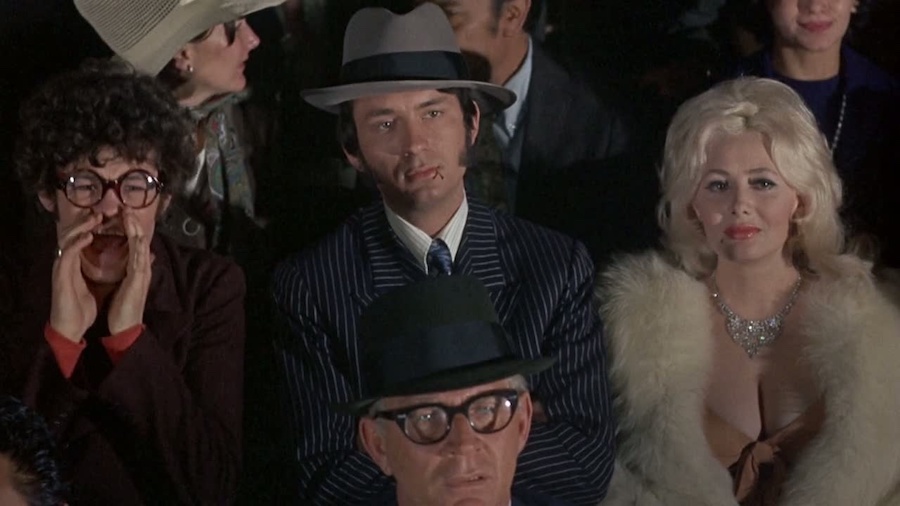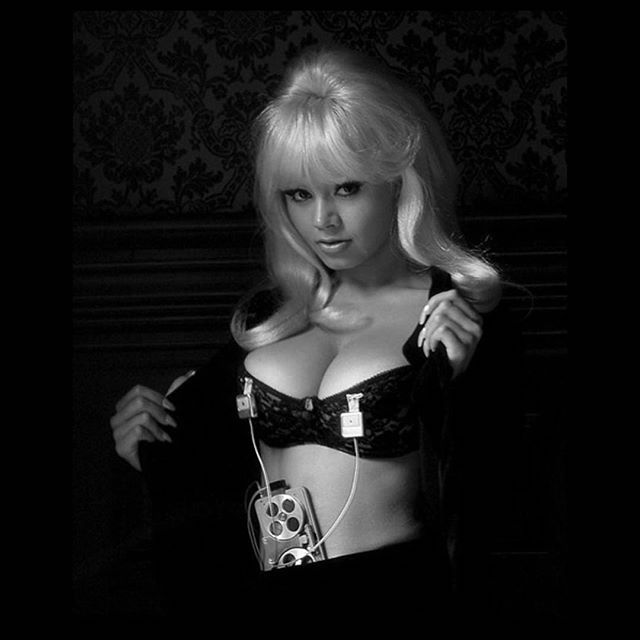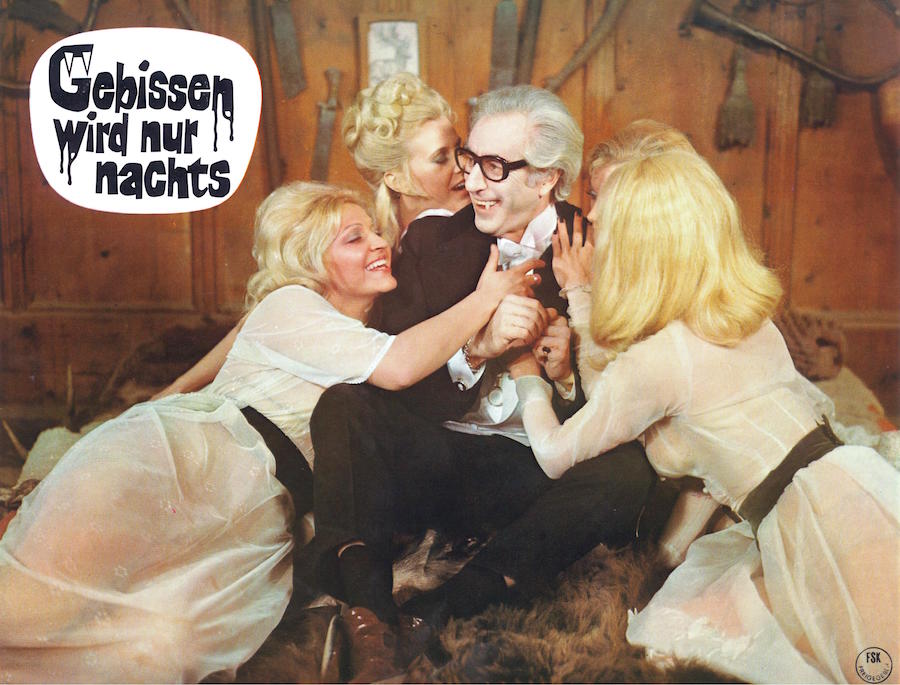
A postcard with a photo of members of the Scorpions while they were in their teens in 1966. Founding member Rudolf Schenker is pictured to the far left wearing a sweet pair of plaid trousers and a black turtleneck under his button-up shirt.
Most of the images in this post were taken of various lineups of German heavy-metal gods, the Scorpions during their earliest days in the mid-1960s. In this post, you will see a fascinating treasure trove of photos of the band sitting on top of their tour van—an old VW bus with the letters L.S.D. scrawled on it, and candid images of them playing teenage parties. There is no long hair or pulsating chest hair, either. No leather, no studs, no spandex. Instead, we see young versions of the Scorpions looking quite serious at times, wearing proper button-up shirts, plaid trousers, and even *gasp* TURTLENECKS (see above). This post is the equivalent of a proud parent pulling out baby photos of their kid to show to their date before they head off to the prom. And I love it.
I came across the photos via a French Wordpress site called Scorpscollector, most of them are attributed to former Scorpions drummer Wolfgang Dziony. Dziony was with the band until about 1972, or just before they would start to transition from a psychedelic groove machine into a heavy metal band and ruled the 1980s. When they got their start, guitar wizard Rudolf Schenker would trade off vocals with Dziony. The group would also enlist a couple of other vocalists including (according to Dziony) a cat from Berlin by the name of Gerd Andre whom they nicknamed “Jimi Hendric” due to his likeness to guitar hero Jimi Hendrix. Hendric would only hold the spot for few shows in his native Berlin before Hanover, Germany native Klaus Meine would take on the vocal responsibilities sometime in 1969 for the Scorpions—a role he still holds to this day, some 49 years later.
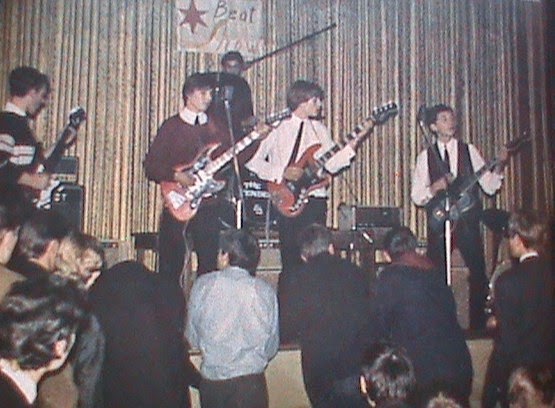
The Scorpions playing their very first gig as “The Nameless” in Sarstedt, Germany.
In another interesting twist, the liner notes included in a 1997 compilation called Psychedelic Gems 2 provides more history about the younger days of the Scorpions—comprised now of Rudolf and Michael Schenker on guitar, Meine on vocals, Lothar Heimberg (bass), and Wolfgang Dziony on drums. The story goes the boys entered a contest in Germany in 1970 showcasing up-and-coming talent. Apparently, the band played way over their allotted time slot which almost got them disqualified from the contest. As luck and the combination of sheer talent would have it, the Scorpions won and were rewarded with a record contract from CCA Records (the Concert Corporation of Allemania—also, CCA producer Hans Werner Kuntze was part of the judging panel). With CCA they would record two early versions of “I’m Going Mad,” and “Action” which would later be reworked for their 1972 debut, Lonesome Crow.
I cannot lie—I find the discovery of this kind of ephemera very satisfying. It’s sort of like getting ahold of a rare European high school yearbook from a flea market filled with photos of future superstars playing the big dance and acting like the badasses they would soon become, while perched on top of their shitty tour van. In addition to the vintage images of the band below, I’ve also posted a few early singles by the Scorpions that I’m pretty sure you are going to dig.

1966.

1965.

An early lineup of the Scorpions playing a party in 1965.
More after the jump…







